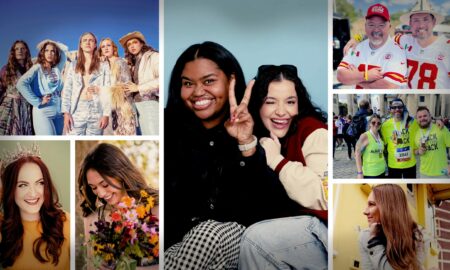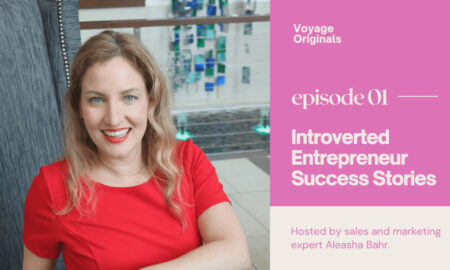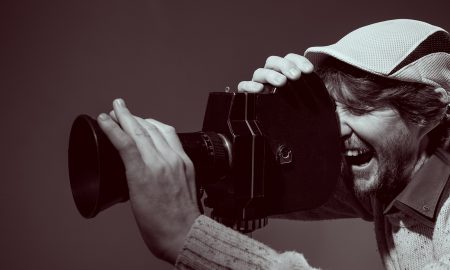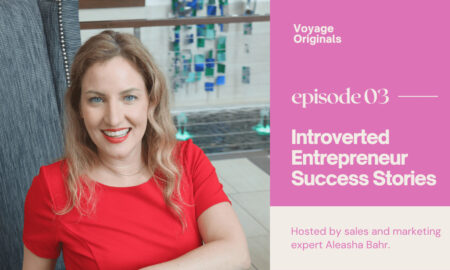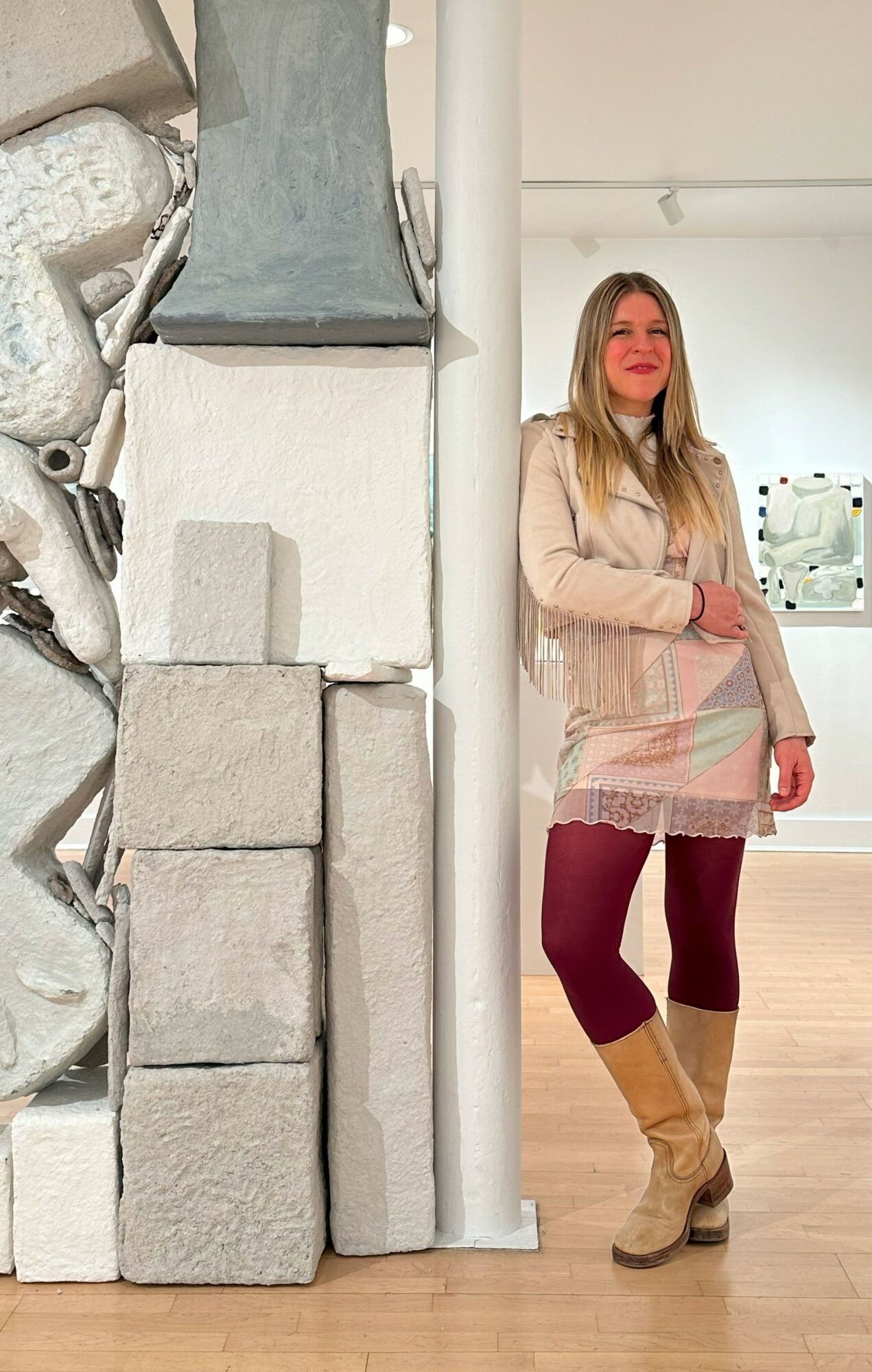

Today we’d like to introduce you to Morgan Hobbs
Hi Morgan, we’re thrilled to have a chance to learn your story today. So, before we get into specifics, maybe you can briefly walk us through how you got to where you are today?
In 2013, I moved from Kansas City to Philadelphia to attend graduate school at the Pennsylvania Academy of the Fine Arts (PAFA). Although the graduate program at PAFA is now defunct, both the program and Philadelphia were excellent choices for me at the time. By the end of the program, I had amassed a long list of professional experiences that were available to graduate students, and a group of my classmates and I started AUTOMAT Gallery, an artist-run curatorial collective (which turns ten years old this year!). Later that summer, PAFA hired me to work in the Student Services office, where I worked closely with students for almost five years.
In conjunction with the school, PAFA is also an American art museum with a truly special collection of artists from Revolutionary times (Benjamin West and the Peale family) to American artists of the late nineteenth and early twentieth centuries (Milton Avery, Gertrude Abercrombie, and Horace Pippin) to today (Jonathan Lyndon Chase, Saya Woolfalk, and Alison Saar). Through my time at PAFA and my curatorial experiences with AUTOMAT, I started noticing the intricacies of how art operates in a space, in a community, and in the world.
By the summer of 2020, I had left my job at PAFA and started working at Gross McCleaf Gallery. I still had an academic bias from my time as a student at the University of Central Missouri and had never aspired to work so closely with the art market. But I loved promoting fellow artists—helping them make money, show their work, and succeed in big and small ways. At Gross McCleaf, I also bonded with some incredibly passionate collectors and worked with gallery owners, dealers, and art consultants who labor with love and respect for the role they play in the art ecosystem. These experiences pulled me deeper into areas that had previously felt disconnected from the sanctity of art. Instead of merely cold, corporate terminology, things like “email marketing,” “social media strategies,” and “advertising” became necessary parts of an artist’s success.
There are many under-recognized artists laser-focused on their studio practices at the expense of self-promotion. The web marketing landscape is also in constant flux, so there is a need for services that bridge the gaps between artists and opportunities, collectors, galleries, and more.
When Gross McCleaf Gallery moved and restructured in the spring of 2024, I left the gallery and started Structure and Form Artist Services to fill this gap. There are other related coaching programs and how-to classes for artists popping up in New York, Boston, and beyond, but I work closely with individual artists on focused projects including rebuilding websites, writing grants and artist materials, editing photos and video, and researching opportunities for funding, exhibitions, and sales. My services utilize my academic background, curatorial experiences, marketing and sales expertise (including some additional knowledge I’ve gained through continued education), and artistic training. I still have a studio practice and upcoming exhibitions of my own.
I launched Structure and Form in June 2024, and it has been more successful than I could have ever imagined. Some projects are very small, like editing the code in a website to show information when a viewer hovers over an image. Other projects are larger and ongoing—rebuilding websites, writing and applying for grants over the course of a year, curating an exhibition with the exhibition statement, titles, promotional designs, and more. My clients seem to appreciate my well-rounded understanding. I want to identify what is important and unique to them so that we can share their work both far and wide, and in specific, appropriate channels for optimal outcomes.
In September 2024, I moved back to Kansas City and am blown away by the amount of talent and thriving art organizations here. Many of my clients are based in the Northeast, but I’m excited to get settled here and start working with more KC artists too.
Would you say it’s been a smooth road, and if not what are some of the biggest challenges you’ve faced along the way?
Being a small-business owner is not for the faint of heart. My biggest challenge and frustration is navigating state websites, taxes, registration, and licensing. I started my business in Pennsylvania and am in the process of reopening the entity in Missouri. I expended a lot of time and energy attempting to pay a $0 sales tax bill to the state of Pennsylvania. If it weren’t for the Small Business Development Center of Pennsylvania, Kansas City Volunteer Lawyers and Accountants for the Arts, and Philly Tax Prep for Artists, I would be lost in a maze of paperwork and automated phone menus. I certainly believe there should be regulations for businesses in the United States, but the system is in dire need of reform. It is a patchwork of old and new policies, exceptions, loopholes, and jargon that stifle entrepreneurship and inhibit self-management.
Thanks – so what else should our readers know about your work and what you’re currently focused on?
Structure and Form Artist Services is my primary source of income, but I also create, show, and sell my own paintings and sculptures. Through my papier-mâché sculptures and oil paintings, I investigate cultural and political messaging through symbols and how, when disconnected from their origins, symbols can be redeployed in new contexts to convey new meanings and authority. Recently, I’ve been interested in connecting Paleolithic signs and proto-writing from cave paintings with similar contemporary signs to create relationships across distant periods of time. I’m fascinated by the consistency of specific shapes, symbols, and communications throughout human history. A 30,000-year-old print of a human hand on a cave wall could be the equivalent of “Morgan was here” scratched on the wall of a bathroom stall.
We don’t know exactly why early humans spent time collecting pigments and marking their spaces, but I would venture to guess that the purpose of those marks is very similar to the purpose of the marks we make today: documentation, decoration, reverence, ego, and boredom. While contemporary people have access to an expansive network of ideas that has built complex visual culture and subcultures across the internet and around the world, we are anatomically the same as our earliest human ancestors—and we certainly care about and do many of the same things.
My work is represented by Werring Contemporary gallery and VSOP Projects, and I’ve shown my paintings and sculptures both regionally and nationally, including at Ortega y Gasset Projects in Brooklyn; The Front in New Orleans; Satellite Projects in Miami; Art Market Hamptons in Water Mill, NY; the Pennsylvania Academy of the Fine Arts Museum, and Fleisher/Ollman Gallery in Philadelphia.
Any big plans?
In the short term, I have a solo exhibition at Cabin Contemporary in the Poconos of Pennsylvania. I am also curating an exhibition about the fall equinox for Millersville University in Millersville, Pennsylvania. Most of all, I am settling into my life back in Kansas City, looking for opportunities to connect and collaborate with artists and galleries both locally and throughout the region.
Business has been good, and I may need to find some part-time help soon. I have applied for a couple of business grants to support this expansion upfront. I have a lot of ideas and not enough time to implement them all!
Pricing:
- $50/hour for most services through Structure and Form
- My artwork ranges in price from $900 for a small painting to several thousand for a large work
Contact Info:
- Website: structureandform.ART & morganrhobbs.com
- Instagram: www.instagram.com/structureandform.art & www.instagram.com/morganraquelhobbs
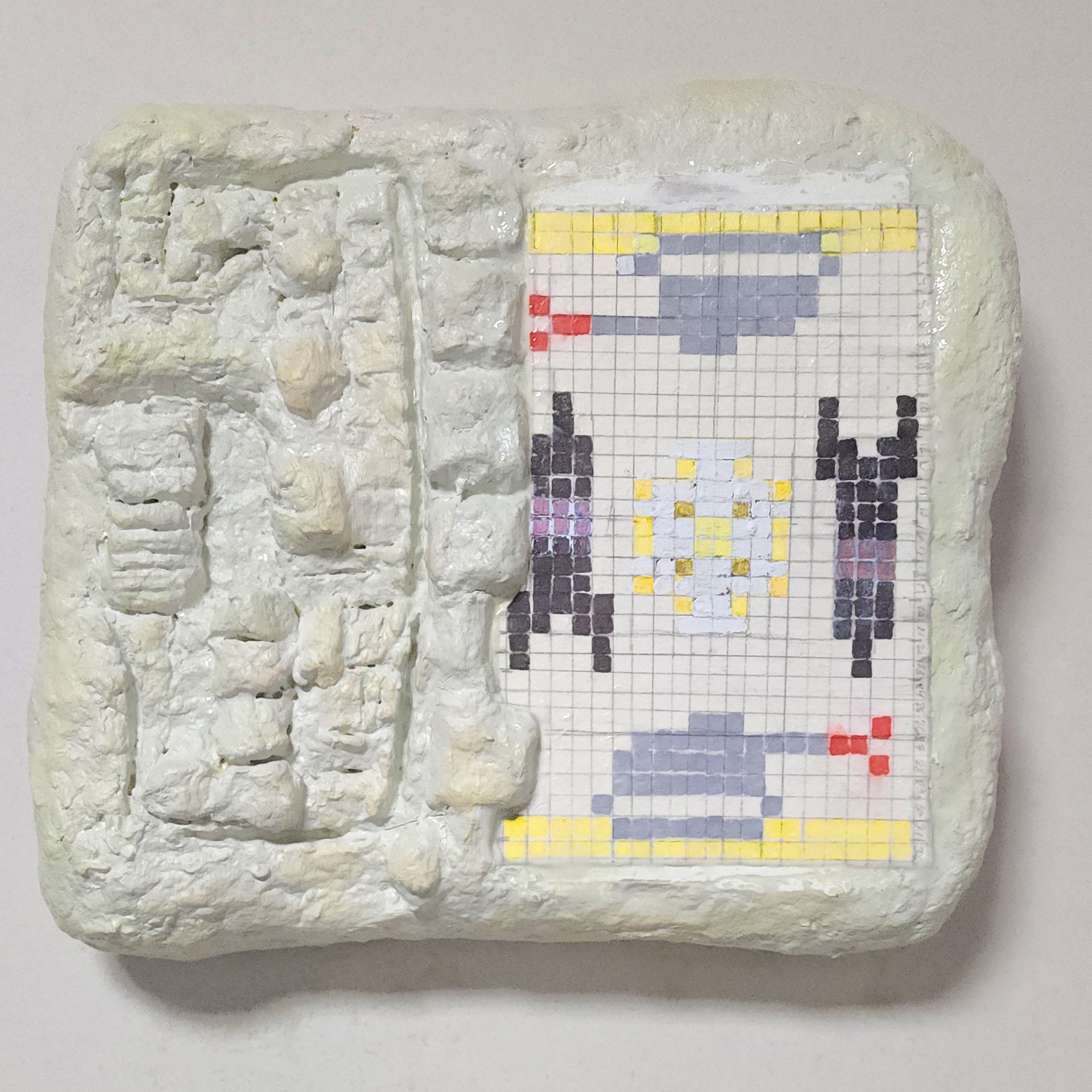
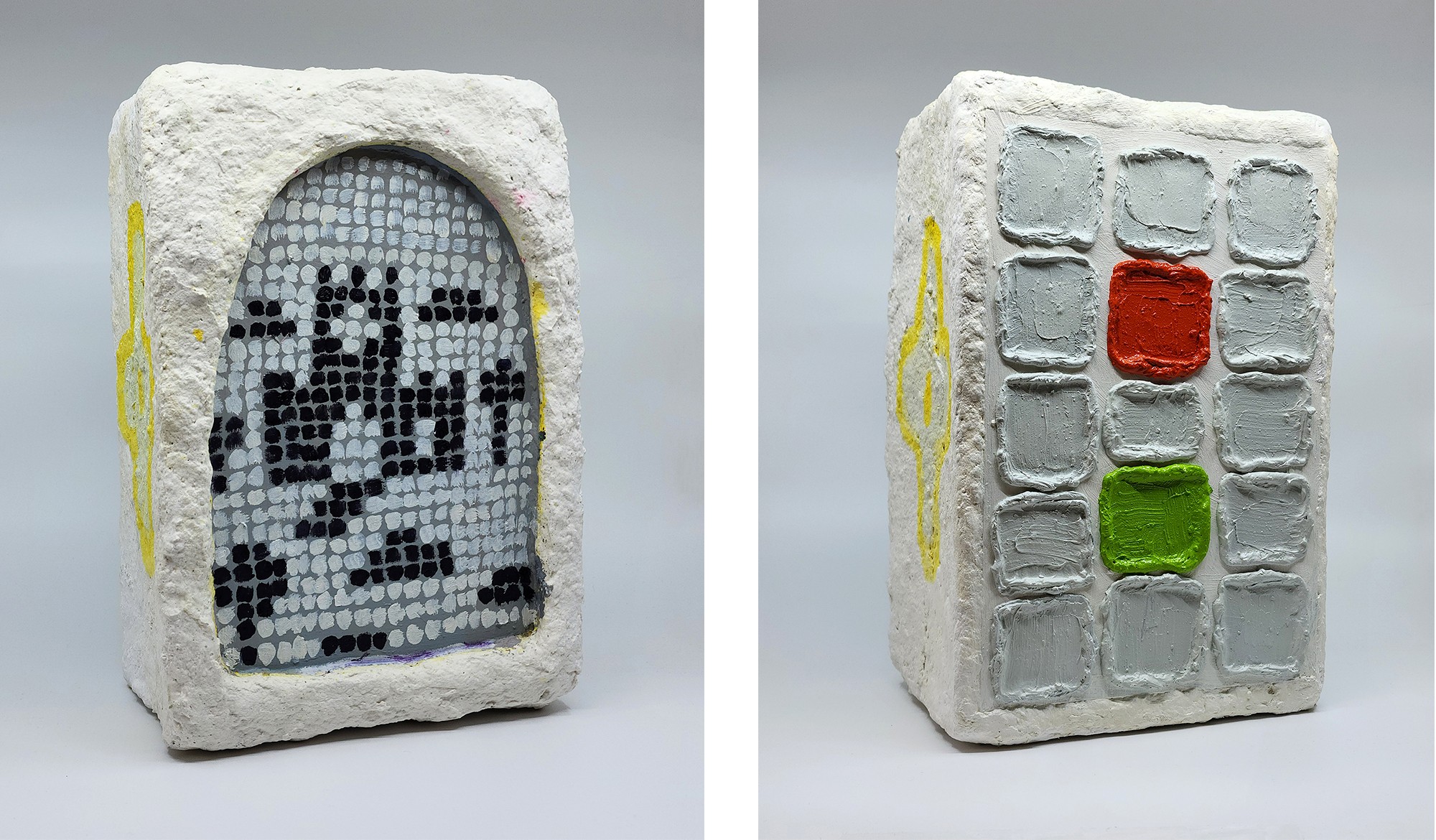
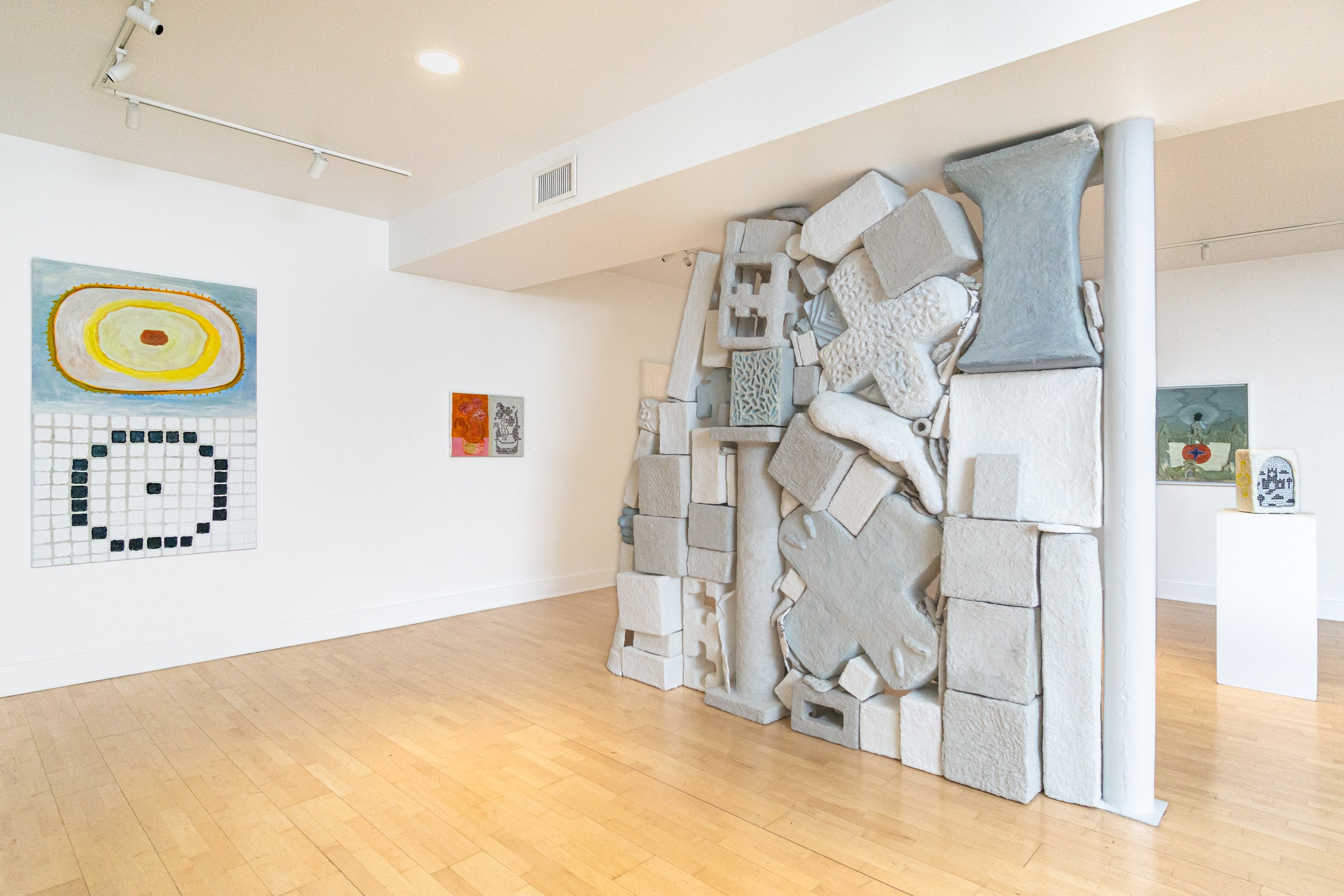
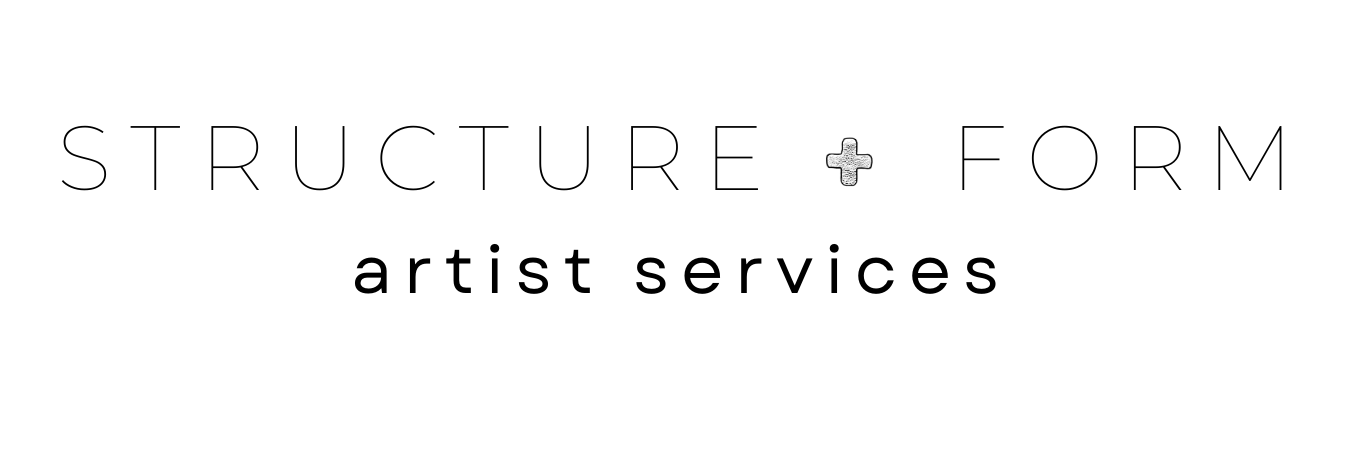
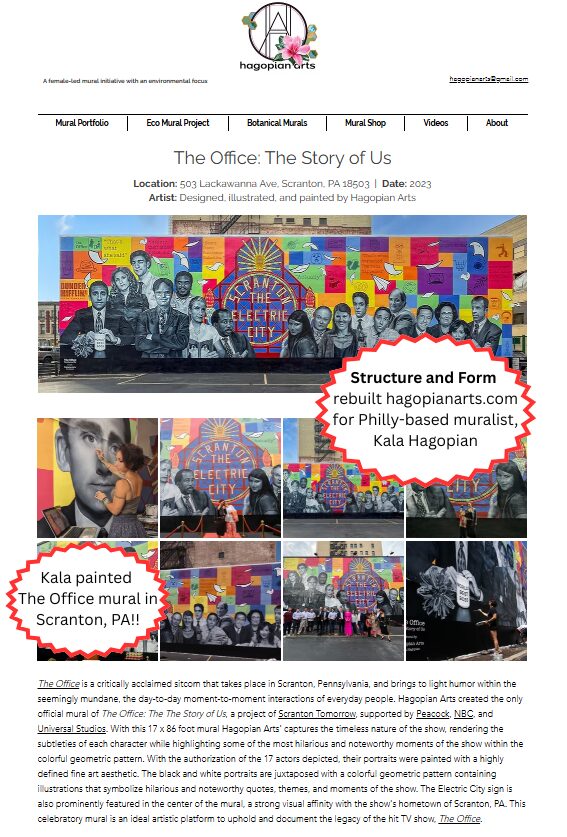
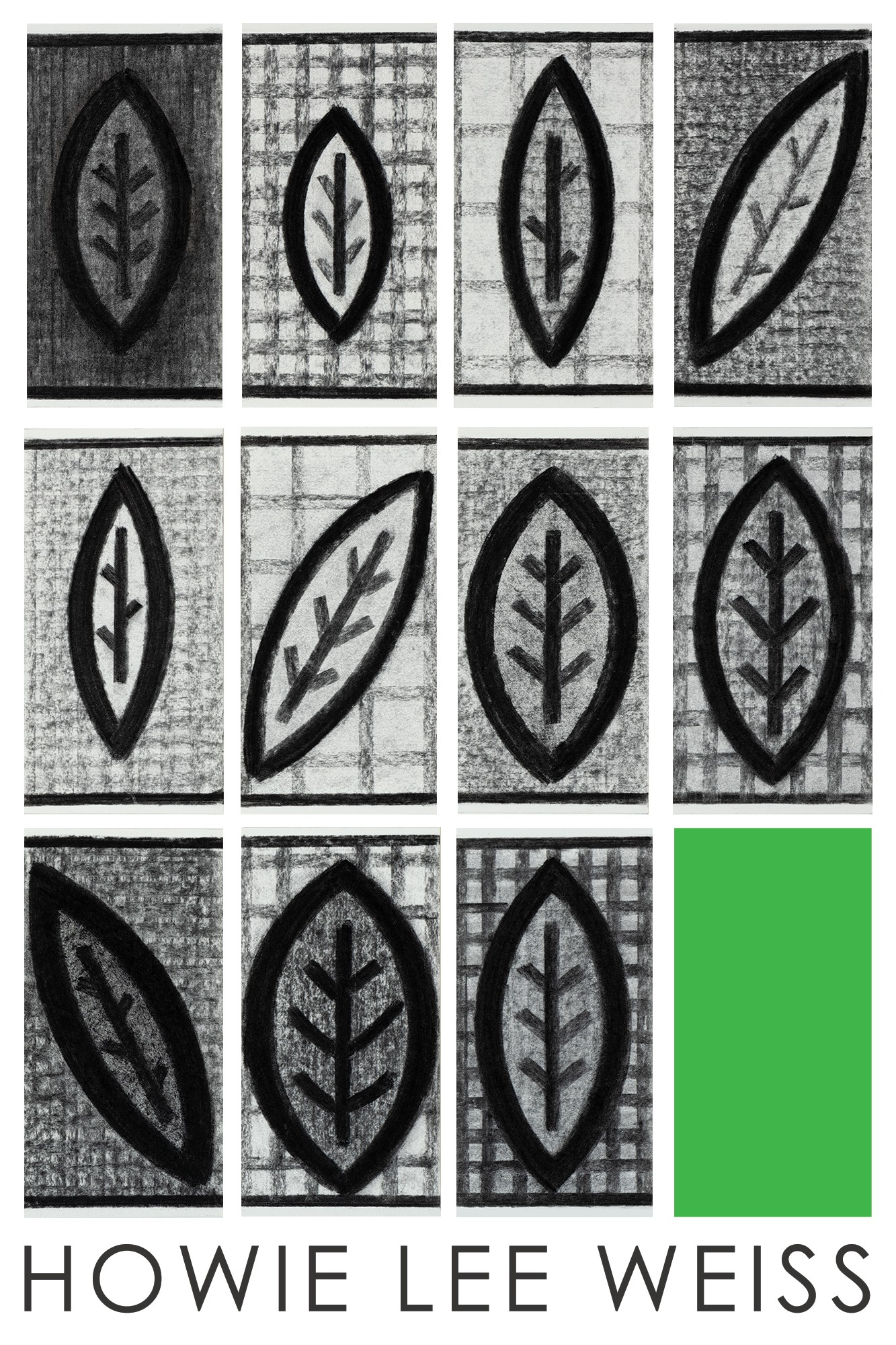

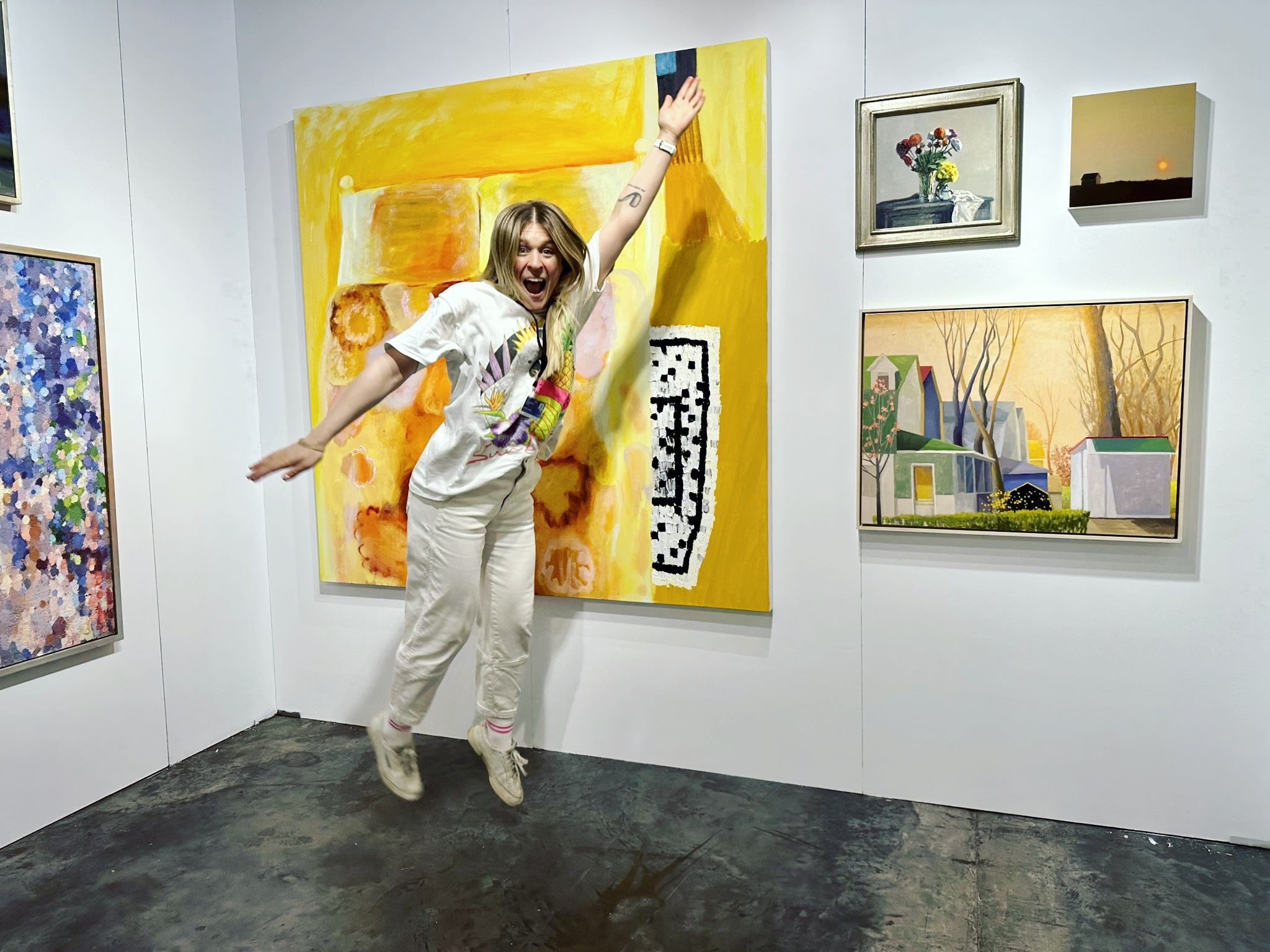
Image Credits
Gross McCleaf Gallery, AUTOMAT Gallery, Hagopian Arts, Howie Lee Weiss and Adrian Cubillas

